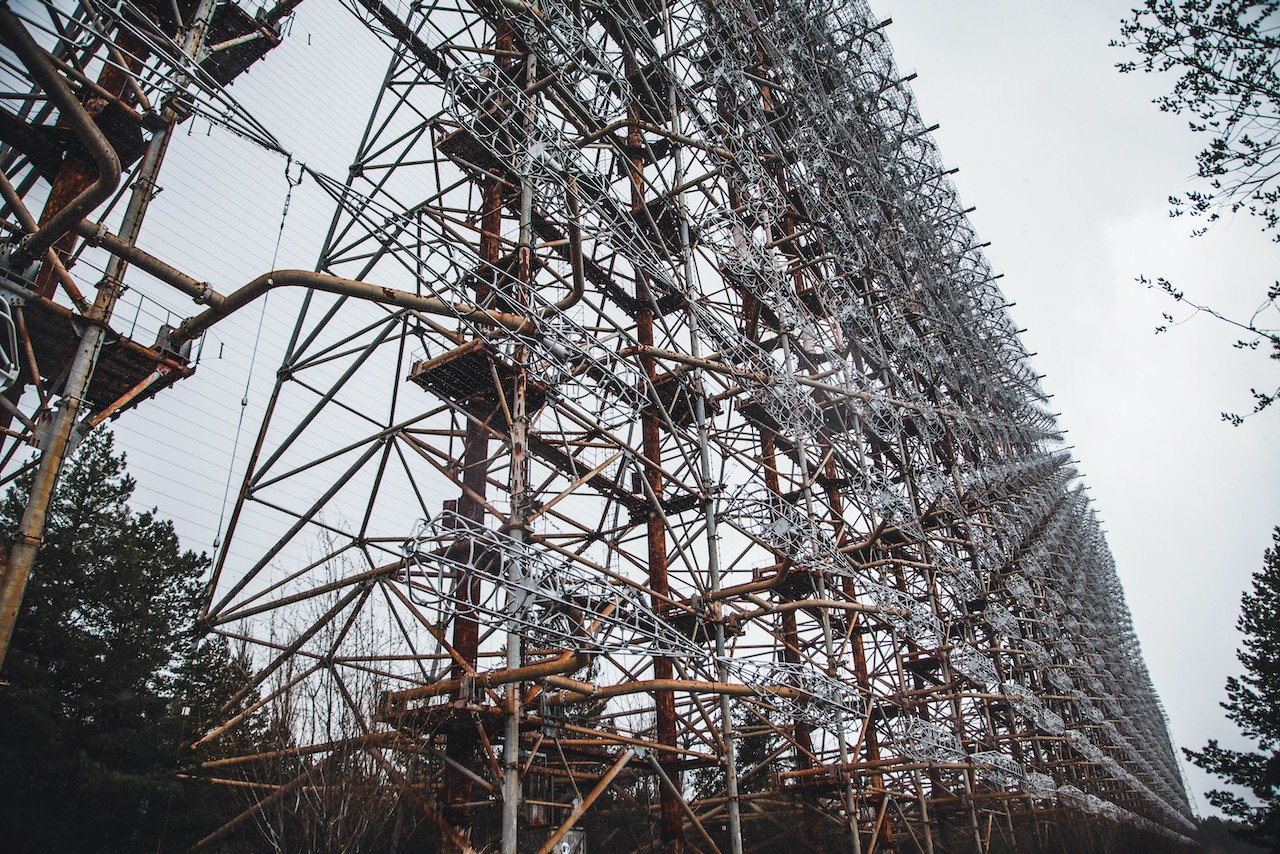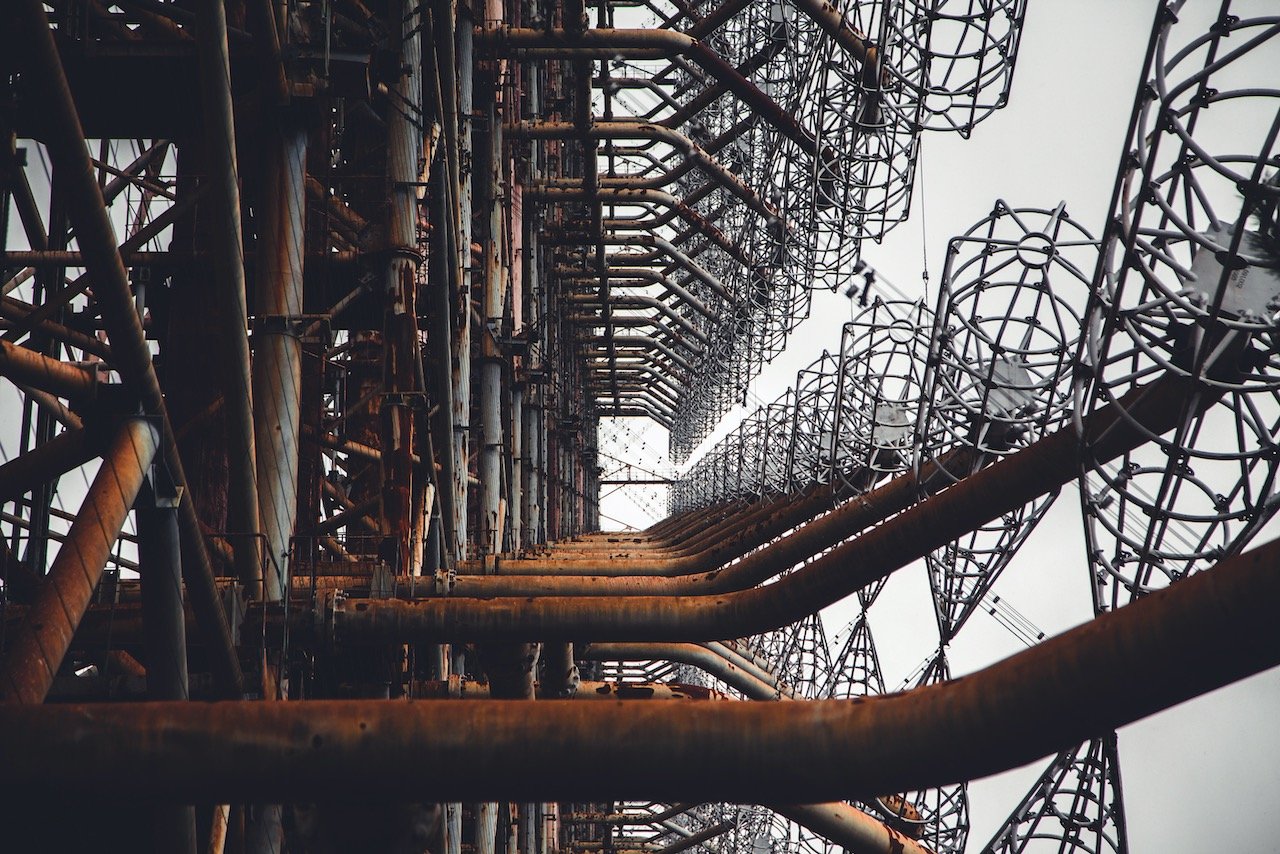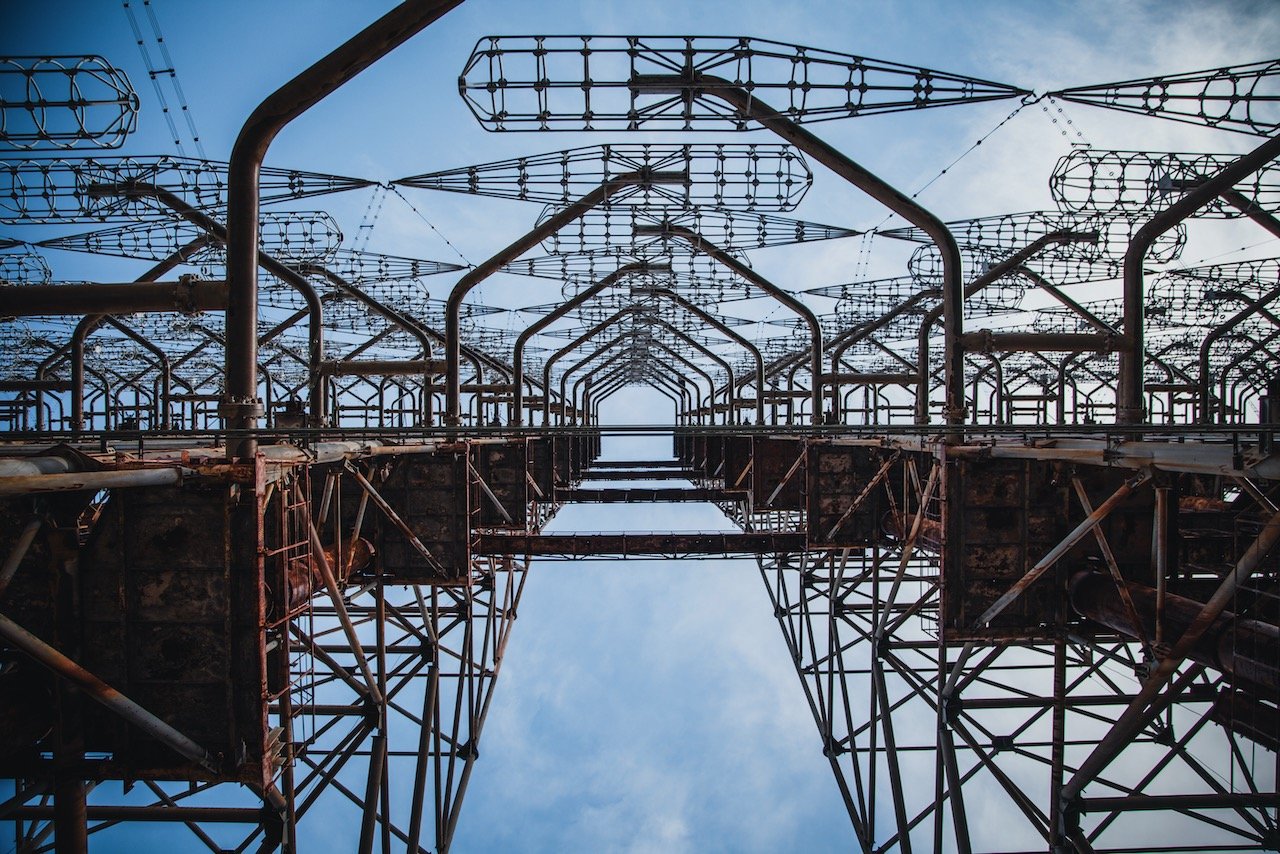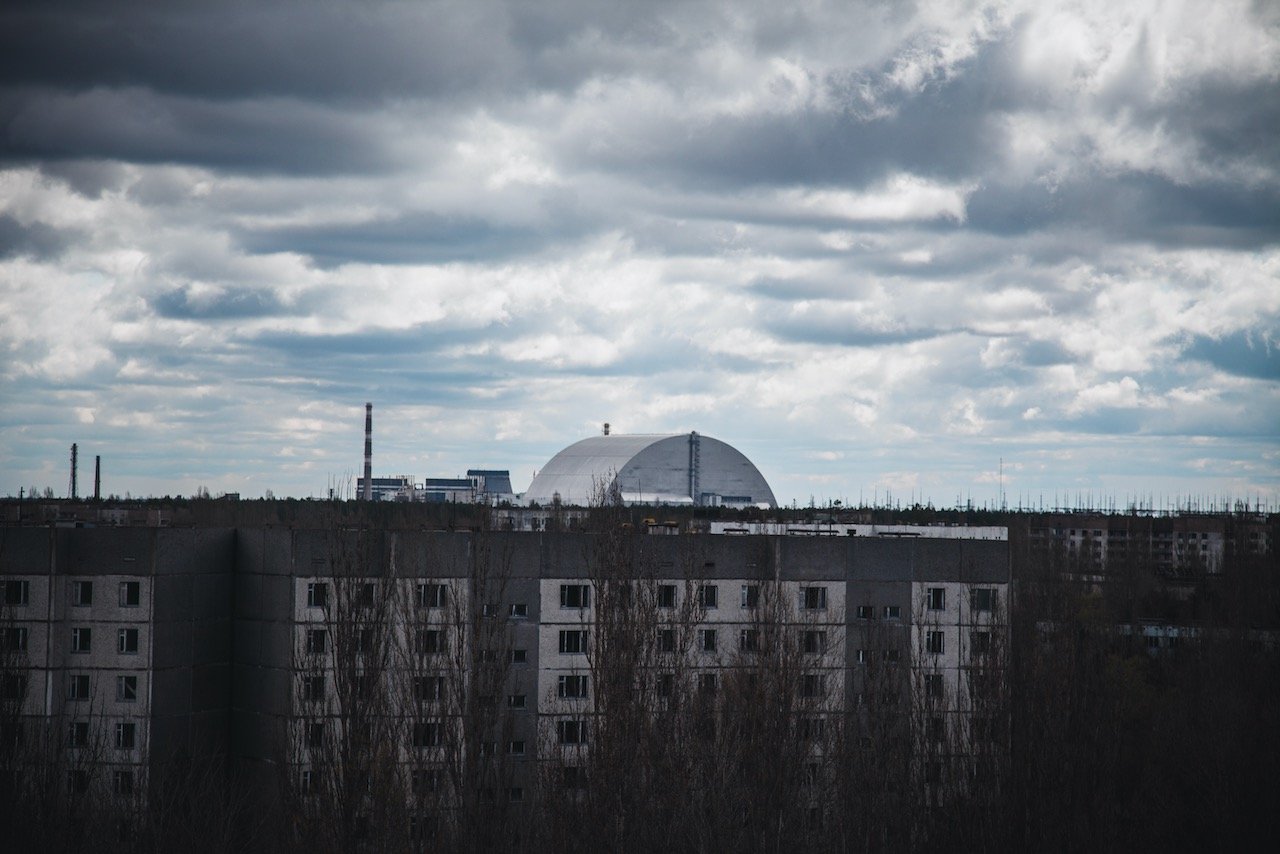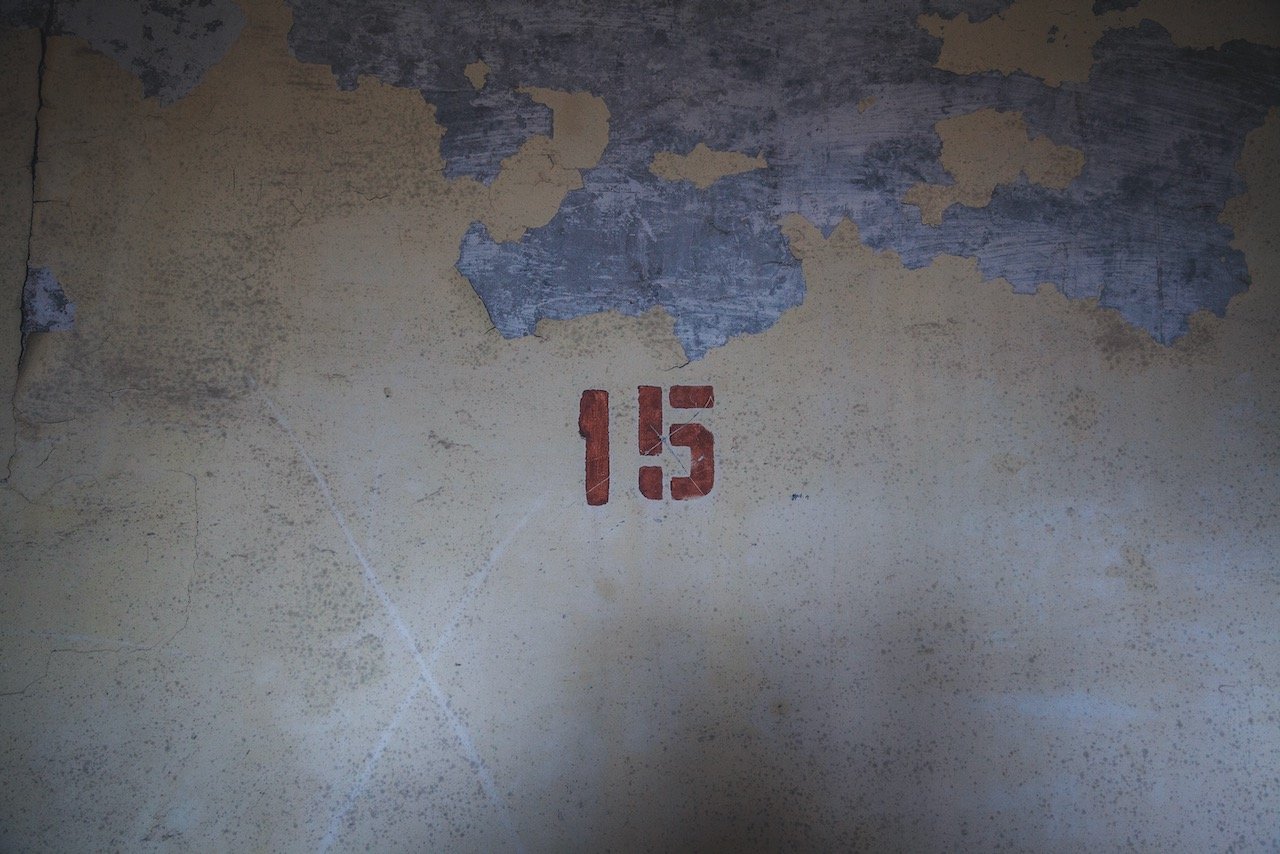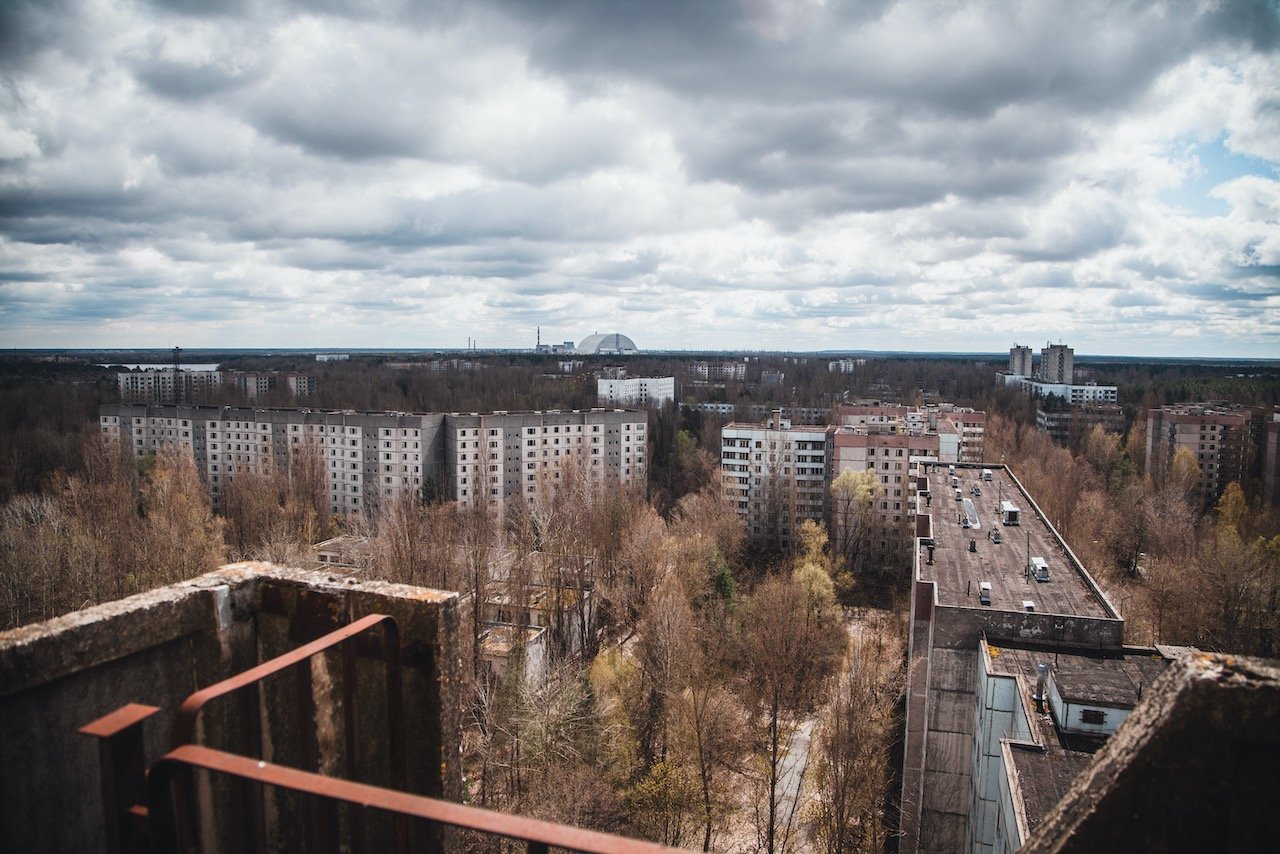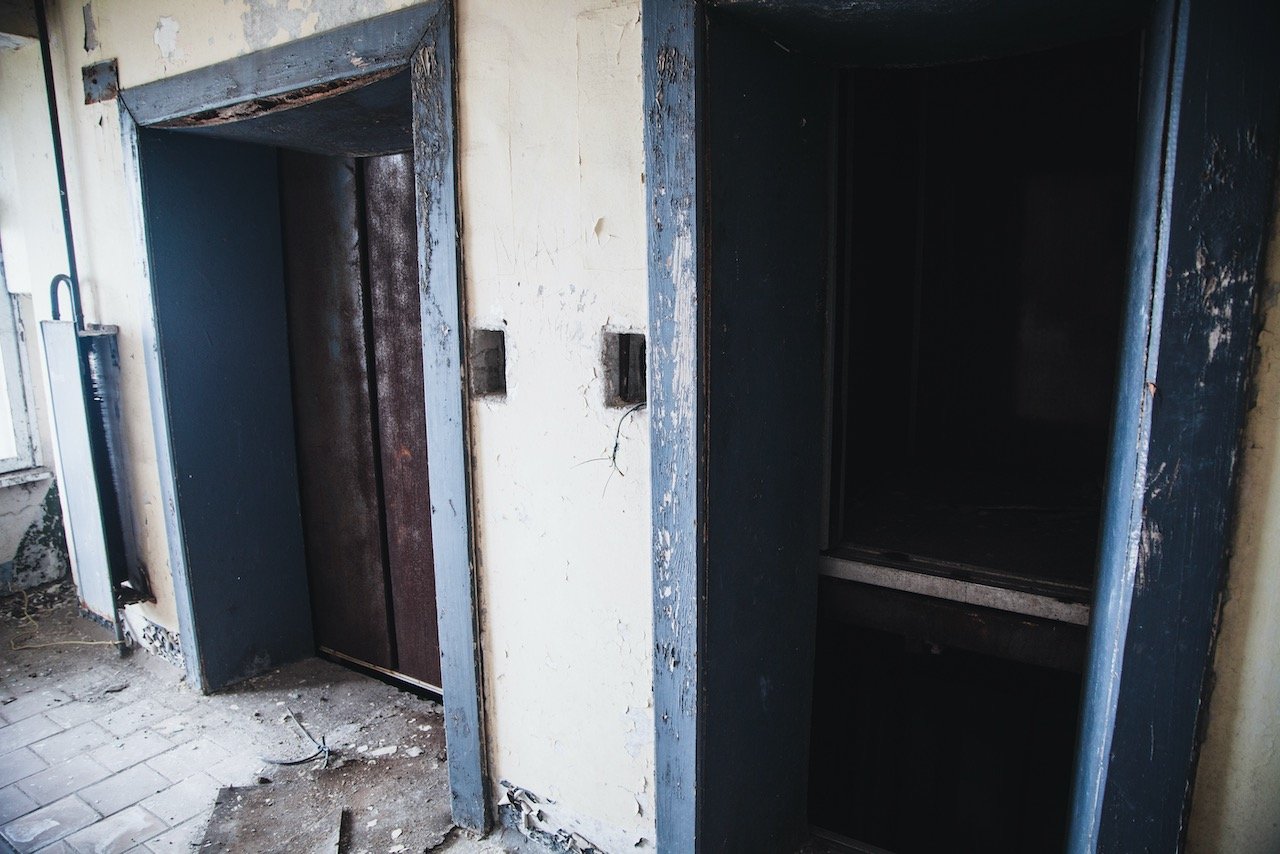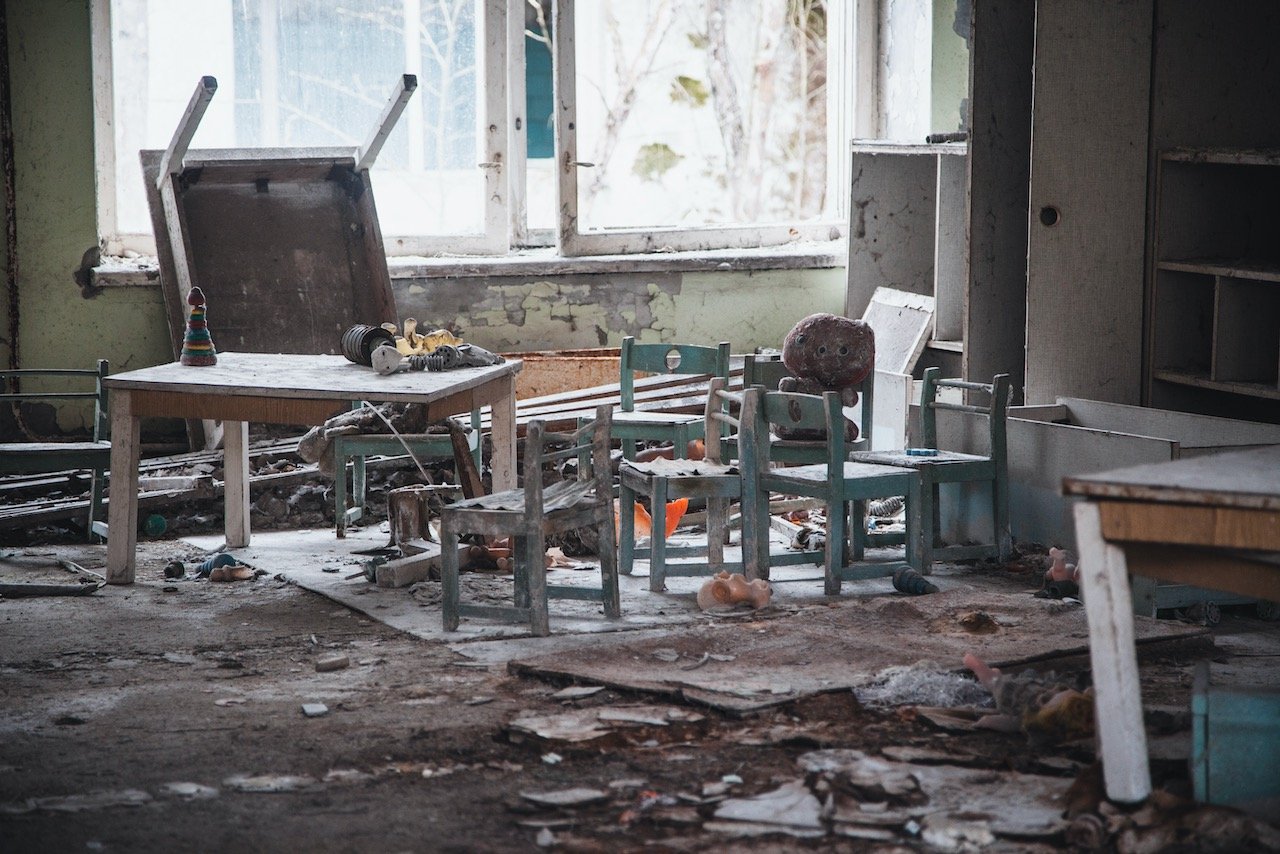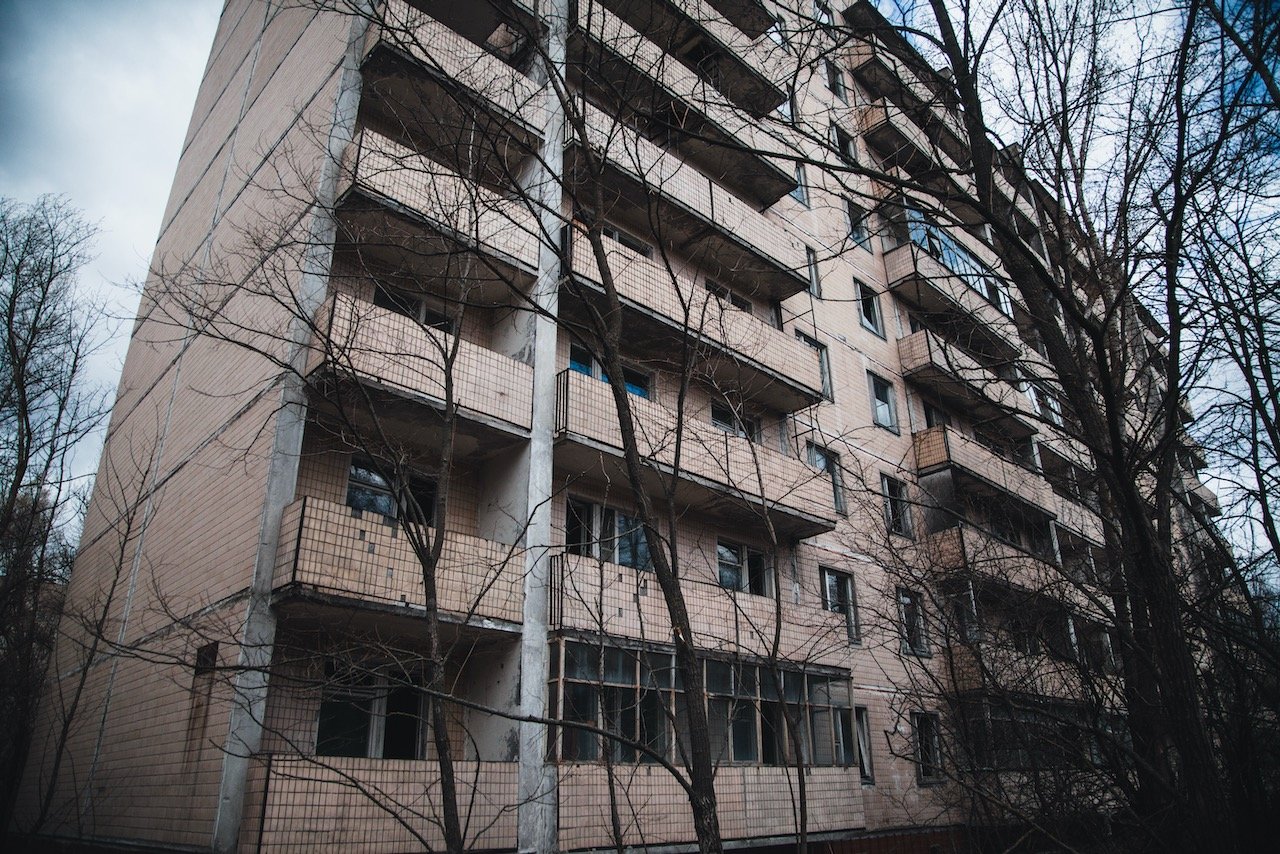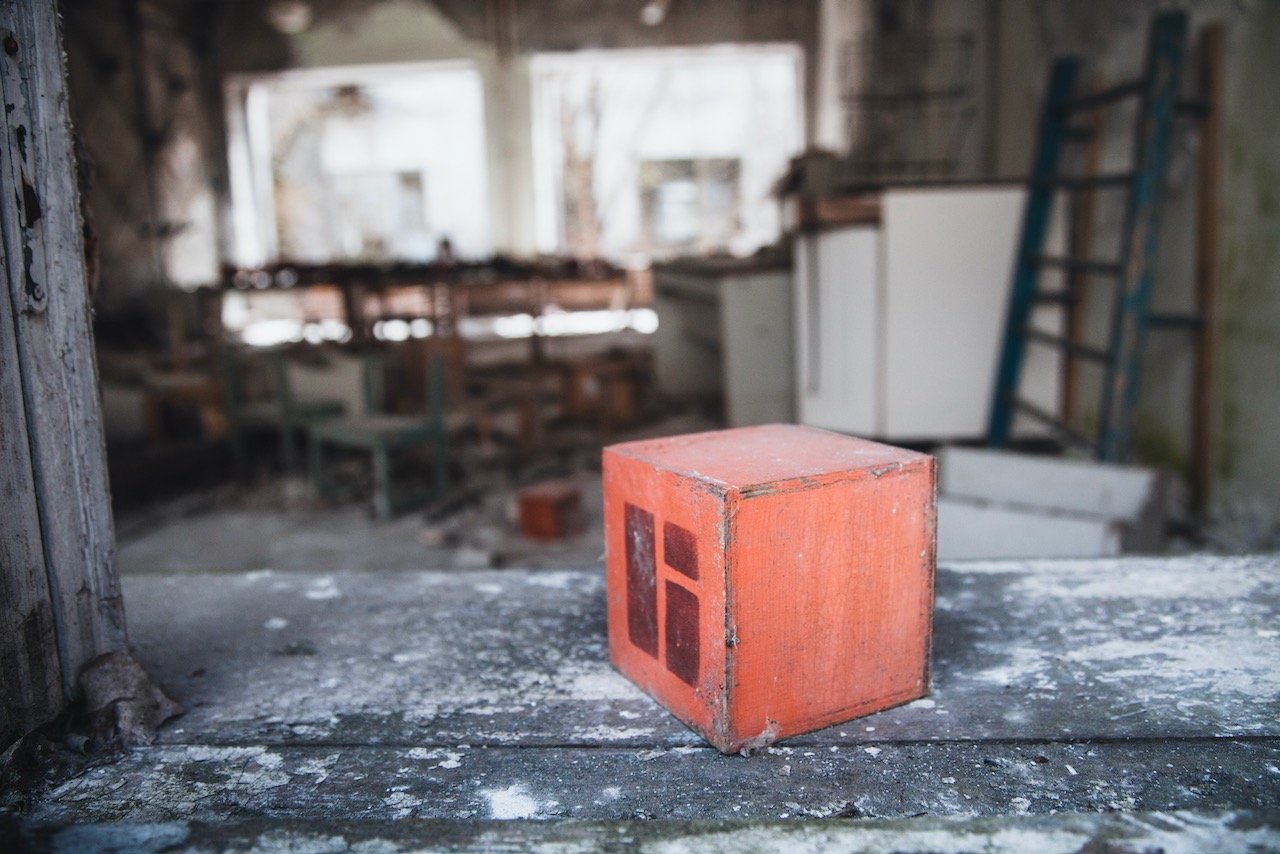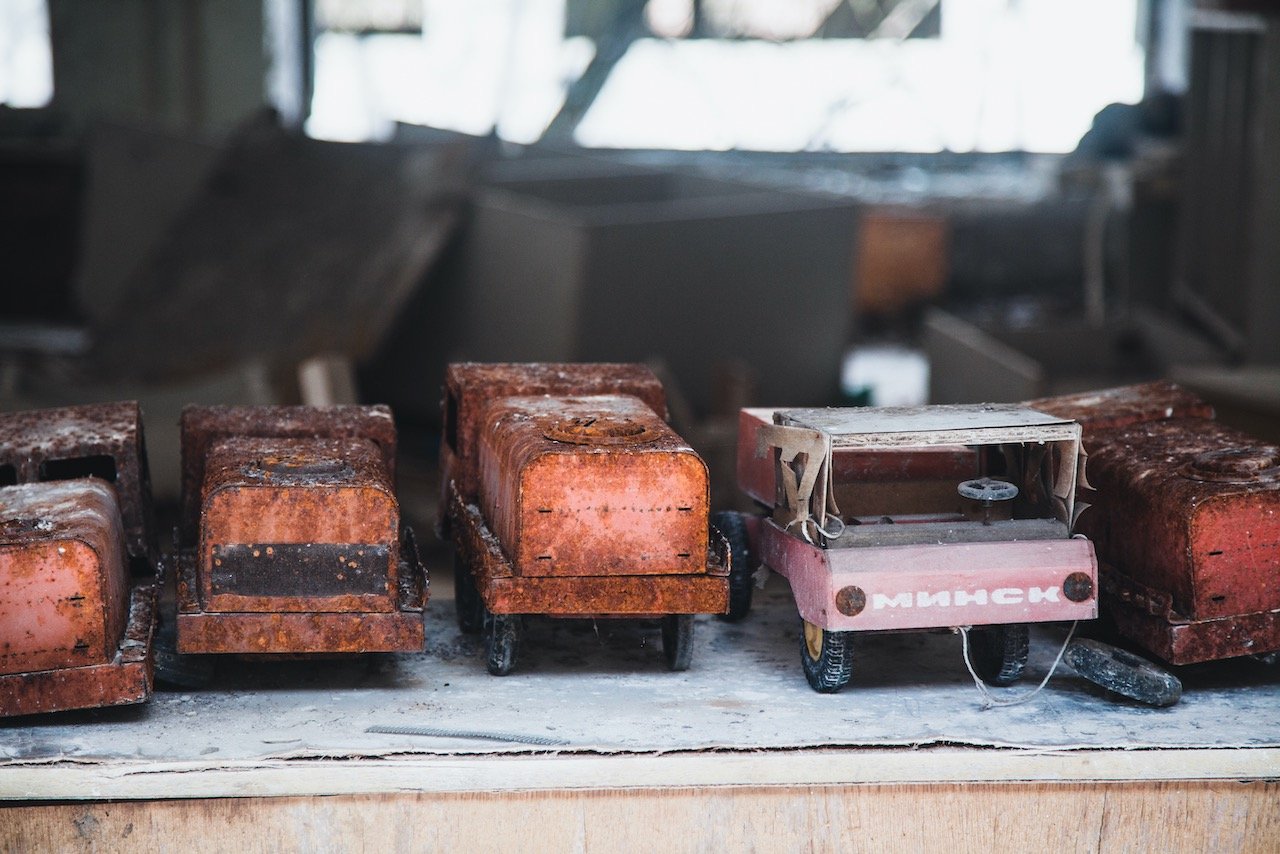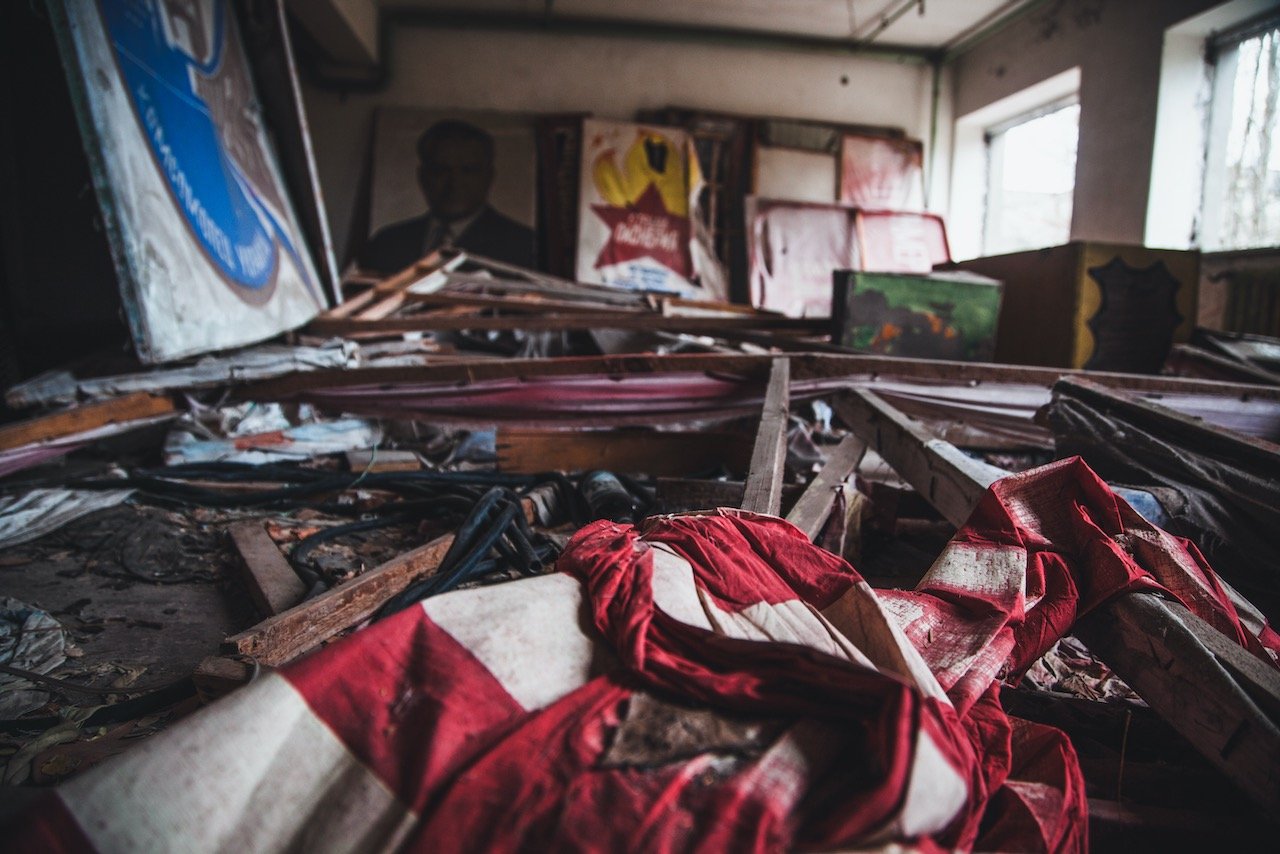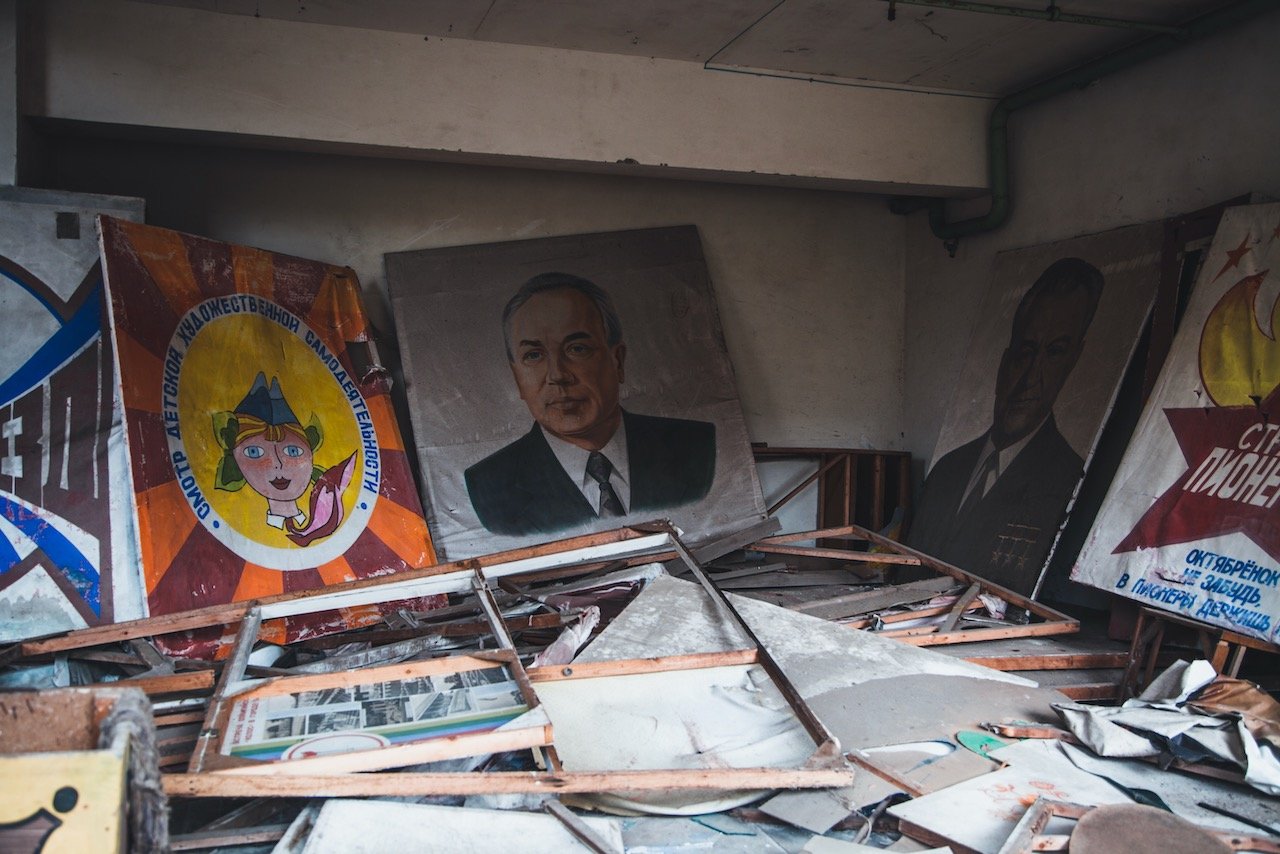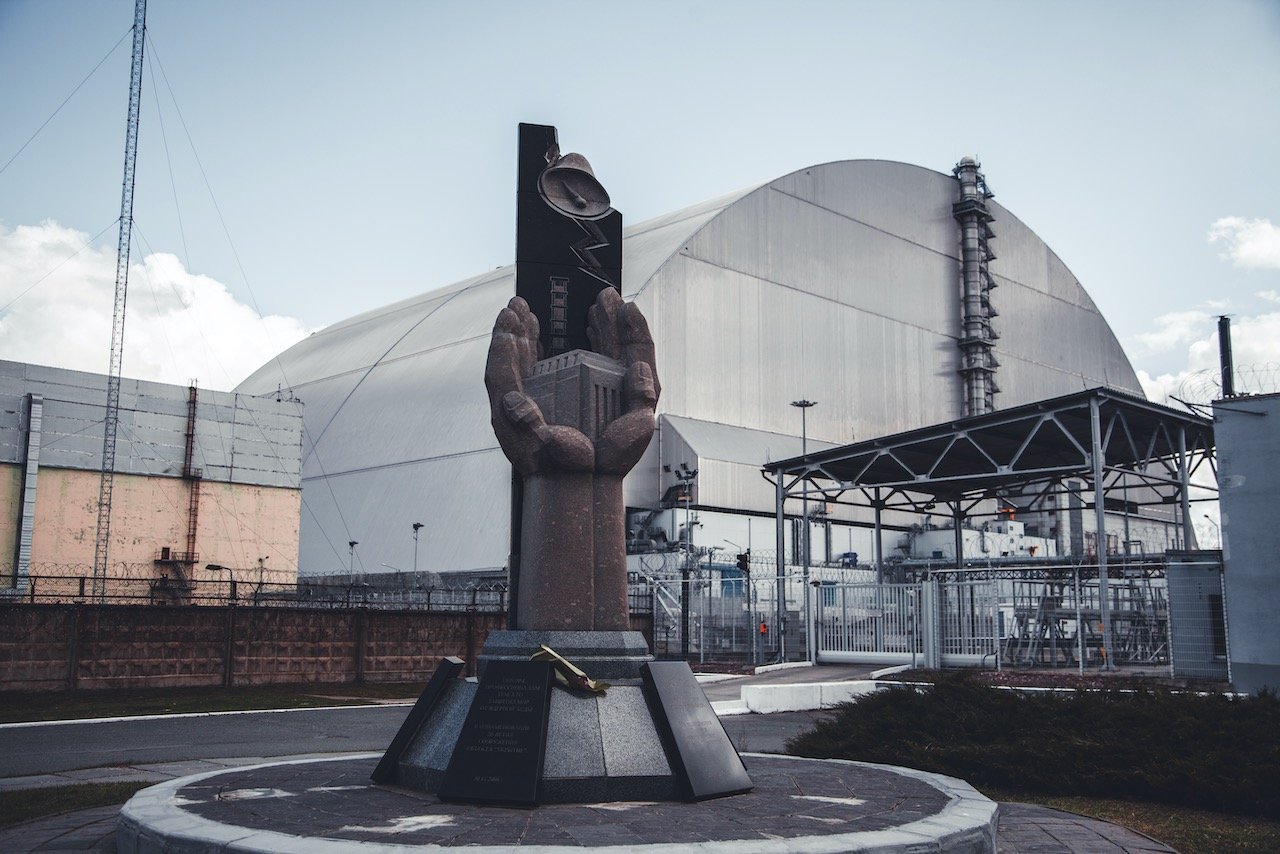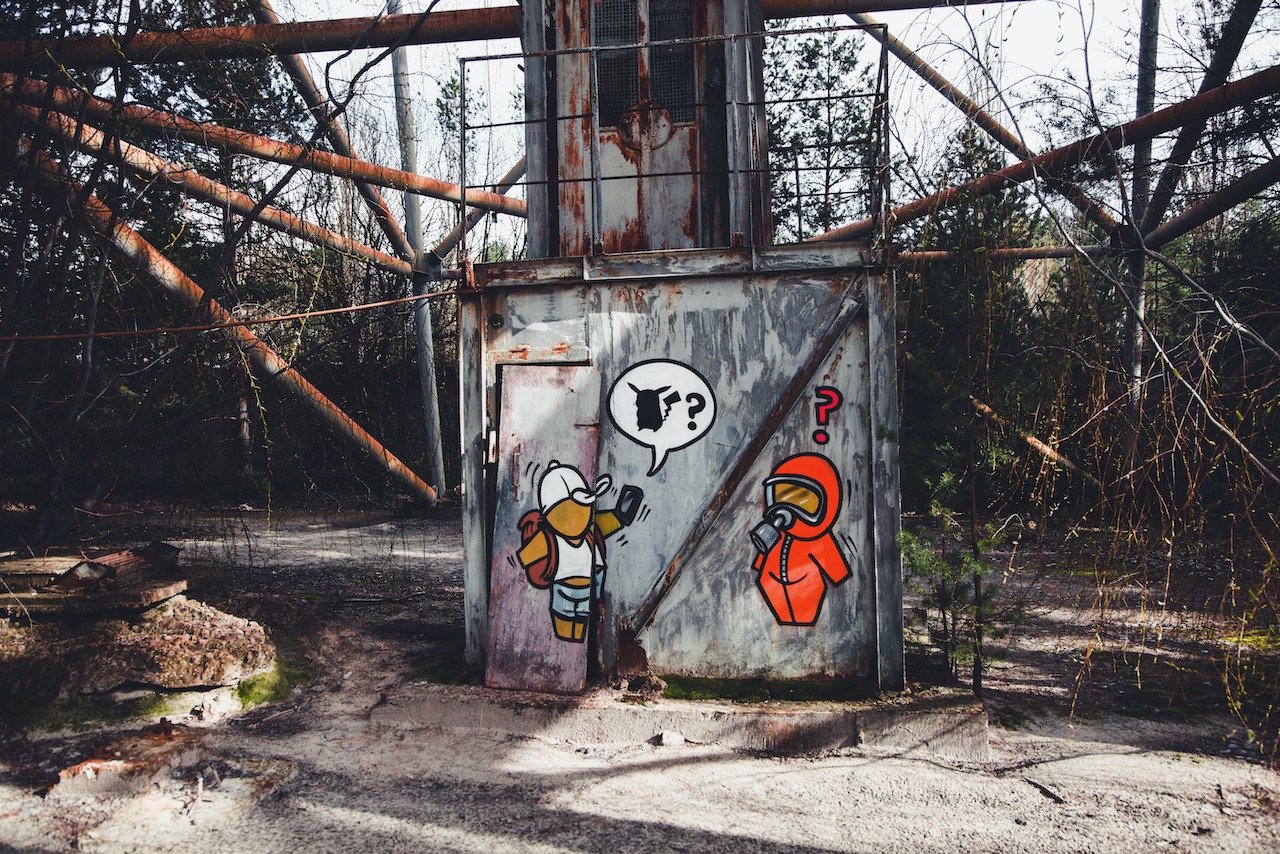A Day tour into the History of Chernobyl
(Some links in this post are affiliate links. If you click through and take action, I'll be compensated.) If you are also interested in any PRINTS from any of my posts, be sure to check out my store where you can buy prints as posters, in metal/wooden frames or on canvas.
On Saturday, April 26, 1986, a safety test on the RBMK-type nuclear reactor #4 at the Chernobyl Power Plant near the city of Pripyat in Ukrainian SSR, led to the worst nuclear accident in history. This event has been extremely well documented in media and is the quintessential example of the potential danger of nuclear-derived power.
As a chemist myself, and curious traveler, I decided to take a day tour of the Chernobyl exclusion zone, about two hours outside of the Ukrainian capital of Kiev (I also figured since I came this far, might as well go just a bit farther). If you’re spending a few days in Kiev, check out my blog post on my travels there and some great places to see.
I had some mixed feelings and reservations of going to the Chernobyl Exclusion Zone, to fuel this ‘Dark Tourism’. I believe that these places should be seen for perspective and historical sake, and therefore taken seriously. What I found fascinating was the reality vs. fiction aspects of the nuclear accident that is portrayed on TV and in movies, versus what actually happened.
Although I will never do as good as a job as my tour guide in explaining some of the places we have seen, I tried to document the experience as best I can through the photographs and excerpts in this blog post.
One thing is certain about this trip: You CANNOT visit the Chernobyl Exclusion Zone on your own. You must be booked through a tour company to enter the zone. I myself decided to go with ChernobylWel.come. And their 1-day tour was awesome.
Once you reach the limits of the exclusion zone, you will have to get your passport and tickets checked before going through the checkpoint to start your tour. This is a pretty standard process. There are restrooms and souvenir stalls here to check out.
The Chernobyl City Sign is the first feature that welcomes you, still brightly colored with remnant symbols of Soviet influence.
The Alley of Hope and Memory is a trial with signs flanking the path of the names of the villages that nearly 350,000 people re-settled in after the evacuation of Chernobyl. There are nearly 200 of them.
And just next to it is the Wormwood State Memorial, created by Ukrainian artist Anatoly Haidamaka as a dedication to those who died during the disaster that unfolded. To date, there are still a few hundred people living in the area, mostly in their elderly years. They are there to manage the grounds and maintain the area.
If you have the chance to enter into any of the abandoned buildings, do take care and watch where you walk. You will find a lot of decay, so much so that the buildings are at risk of collapse. You will also find exposed elevator shafts, mattress springs, glass shards, dried leaves, open books, rusted metal, and cold concrete slabs in these buildings. It is truly a moving experience just thinking of the life that used to walk these hallways in these buildings.
The building we decided to go up had 16 floors. The tallest in the city at that time. It wasn’t an easy task in the short time we were allotted but the view was well worth it. Not just was it fascinating to see inside, but you could see all of the major sites of the exclusion zone from the top floor, including the containment sarcophagus over reactor 4.
A common misconception that people make is to use the name “Chernobyl” in the place of “Pripyat”, the city that was 3 miles away from the Chernobyl Nuclear Power Plant. Yes, Chernobyl is the entire area, however it was the city itself, as well as its residents, that was most impacted from the accident. The Pripyat Sign seen on a normal day, is obstructed from view when looking from the power plant. However, days after the radioactive fallout of the accident, the nearby forest turned red and began to decay. This Red Forest was eventually reduced to nothing, at which point the sign and reactor plant were within eye shot.
The Ferris Wheel ["Круговой обзор" ('Circular Overview')] is perhaps the most recognizable symbol from Pripyat, representing the livelihoods of the residents here. It is now considerably rusted, but the bright yellow cars can be seen through the trees rather easily. The Pripyat Amusement Park also had a Bumper Car ["Автодром" ('Autodrome')] installation.

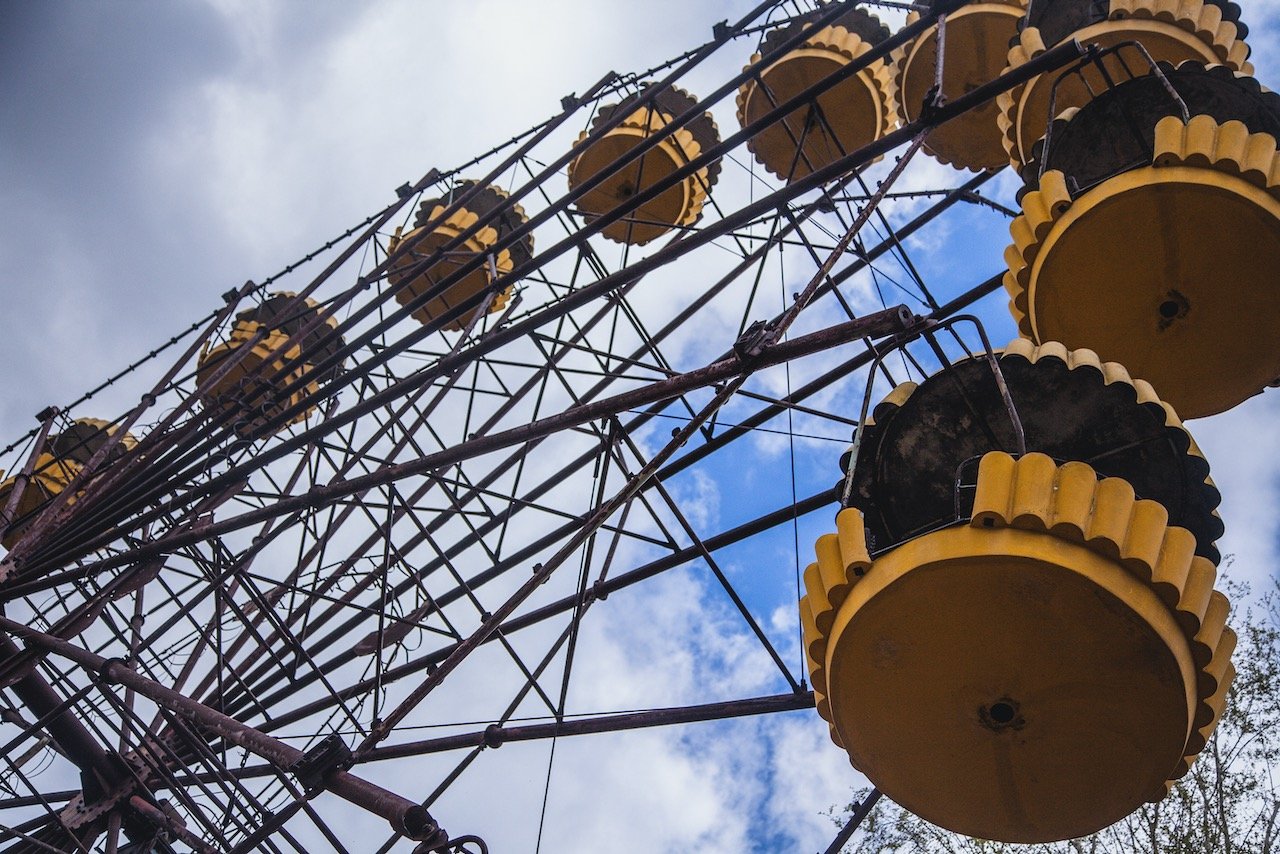
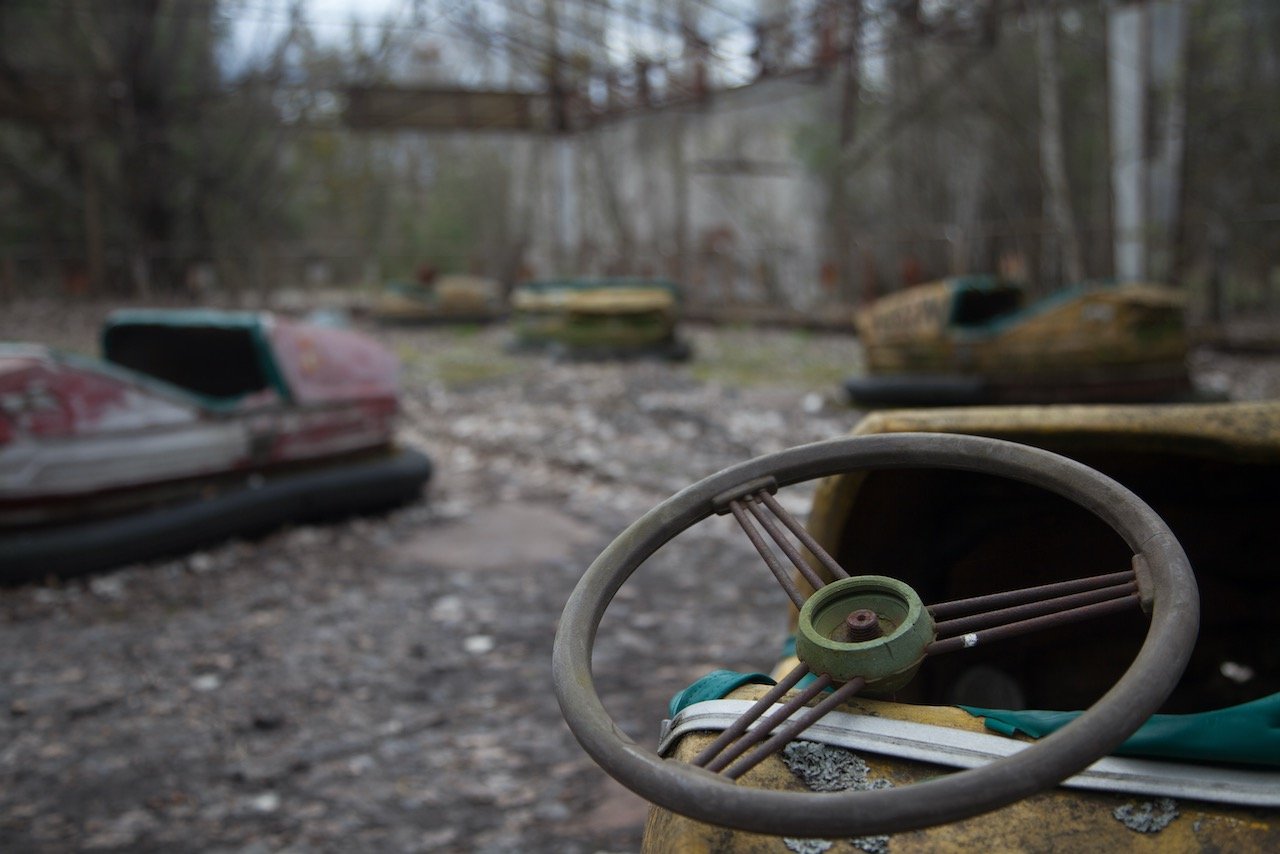
As one who cannot even attempt to read Russian, ‘Cafe’ is really one of the only words in my opinion that can be easily deduced into English. I realized this when we reached Cafe Pripyat, which had the most elaborate stained glass decoration in the entire complex, most of it still intact. It was called ‘The Dish’ among locals and popular among the inhabitants here (the average age of your Pripyat citizen was only 26 years old). In winter, ice holes and fishermen were common sights as were BBQs during the summer months. The cafe is located right on the Riverport, which was where you could take a 1 hour boat ride to reach Kiev.
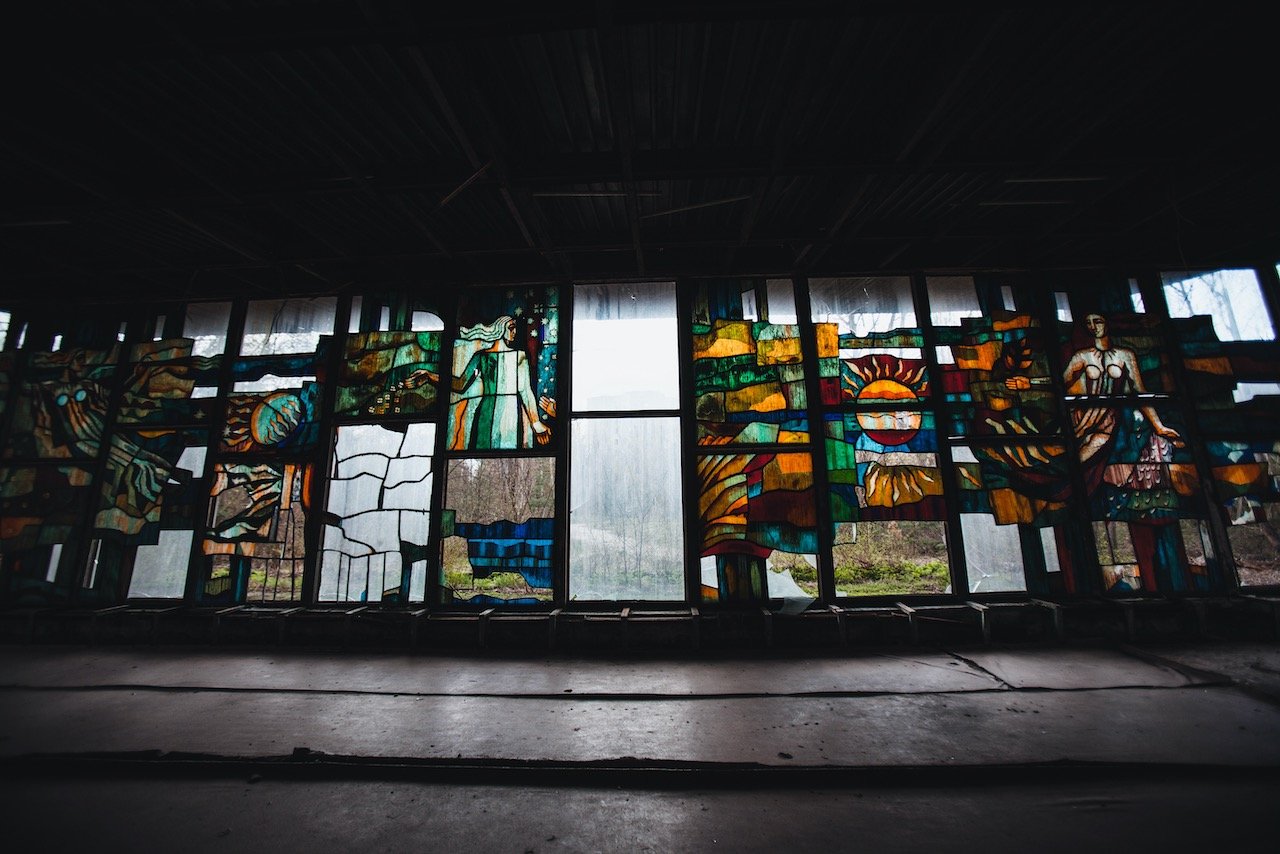
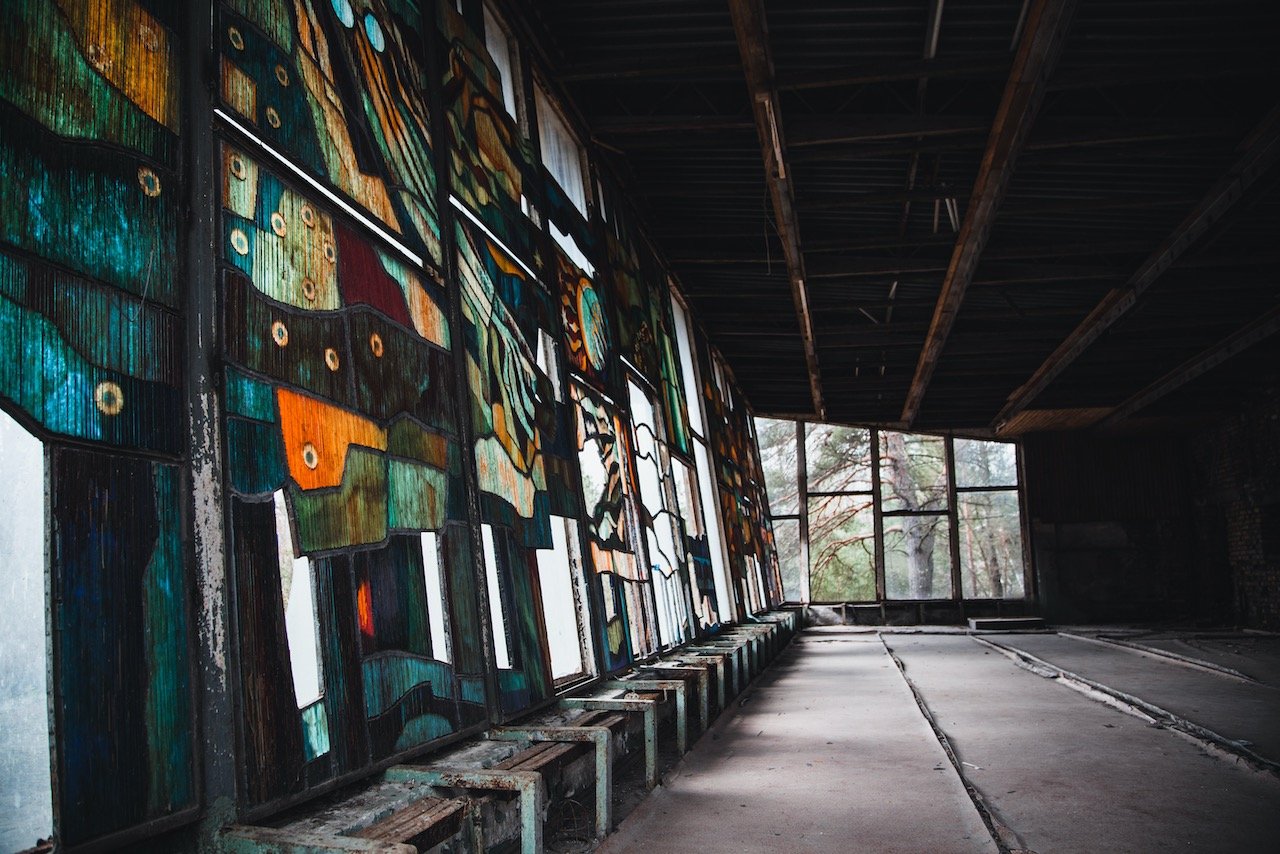
The Pripyat Hospital Complex МСЧ-126 shortly after the disaster became inundated with fire fighter patients, who were exposed to the extremely toxic radioactivity. It is in the basement of this hospital where their contaminated clothing were kept. Ever more so was that the firefighters’ bodies had soaked up so much radiation, that they themselves became toxic sources of it, putting anyone around them in danger of further contamination.
The paint here was peeling off of the walls and leaves scattered across the ground, littered with broken glass and hospital gowns. It was so strange to see old, some primitive, looking medical equipment, rusted out and decaying from exposure to the elements.
Cinema “Prometheus” was the only movie theater in the city and therefore a popular hangout among residents. It was recognizable by the statue of the Greek God Prometheus in the front (the statue has since been moved to the Chernobyl Power Plant site at a dedication memorial to the first 30 responders of the disaster).
The Art/Music School was also located nearby and most notable for its colorful, mosaic outer façade. Even 35 years later, the colors here are anything but lackluster.
The Palace of Culture located in the center of the city, included a cinema, library, gym, swimming pool, and dancing and meeting halls. Strewn about the main foyer were old canvasses of advertisements, propaganda, and images of prominent Soviet leaders. The specific name of this building was called ‘Energetik’, a double entendre meaning ‘lively’ but also used to describe a power plant worker.
During your Chernobyl tour, you may come in contact with some of animals in the area. You see, shortly after the accident, most of these animals were put down since they were exposed to the radiation. But currently, you will find that an entire ecosystem exists within the exclusion zone with an array of animals with a very low degree of physical mutations (but still perhaps 20x as many as animals in nominal conditions) due to the radiation. In fact, this radiation is said to have impacted insect colonies the most.
You can also ADOPT a puppy from Chernobyl through SPCA International after all checks and precautions for the pooch have been performed. What an interesting origin story for your pet! One cool study around animals also involved the release of about 22 Mongolian horses onto the site to see how the species would cope with such an environment. Today, some of the originally released horses still roam and many horses and foals can be seen roaming around, suggesting that the population is increasing.
The Pripyat City Hall as the name would suggest was mainly an administrative building in the city, easily recognized by its State Enterprise logo on the front.
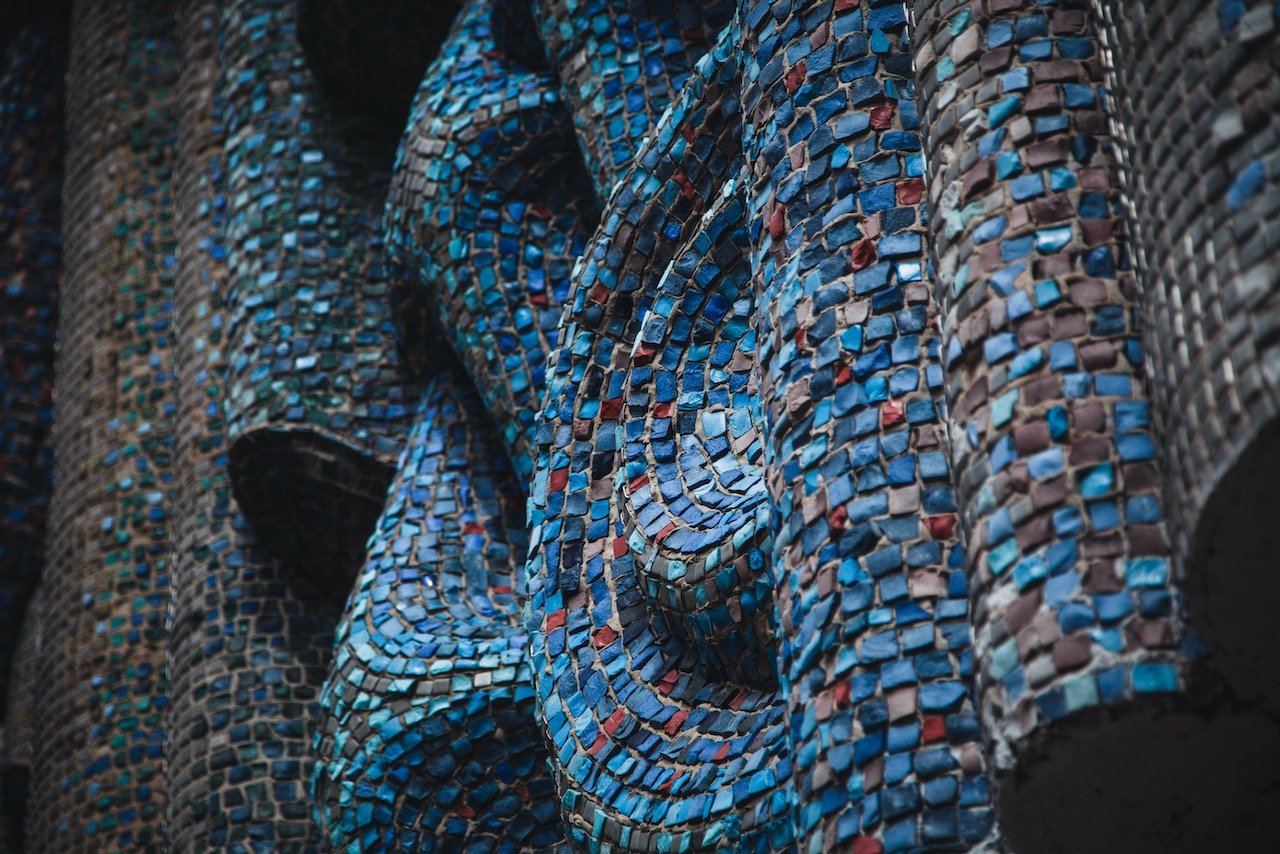
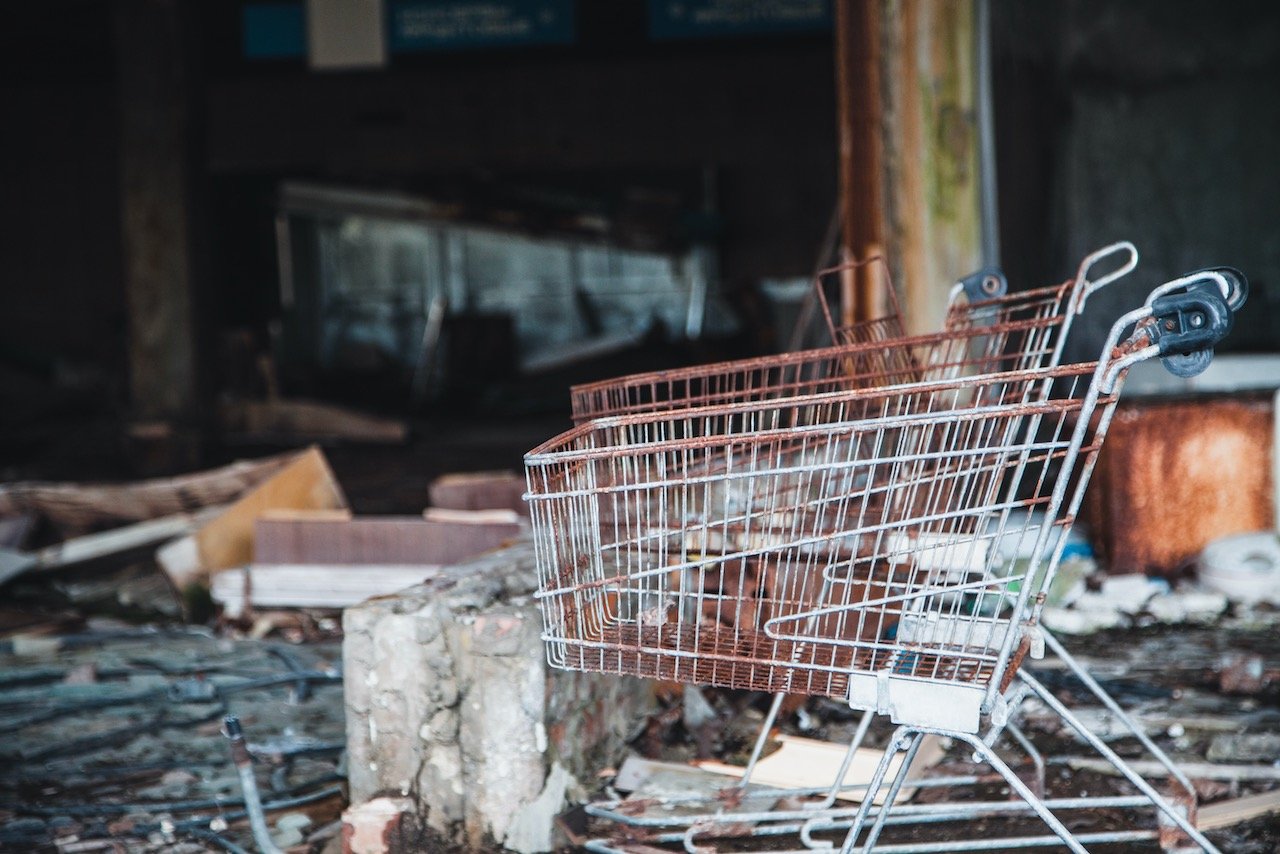

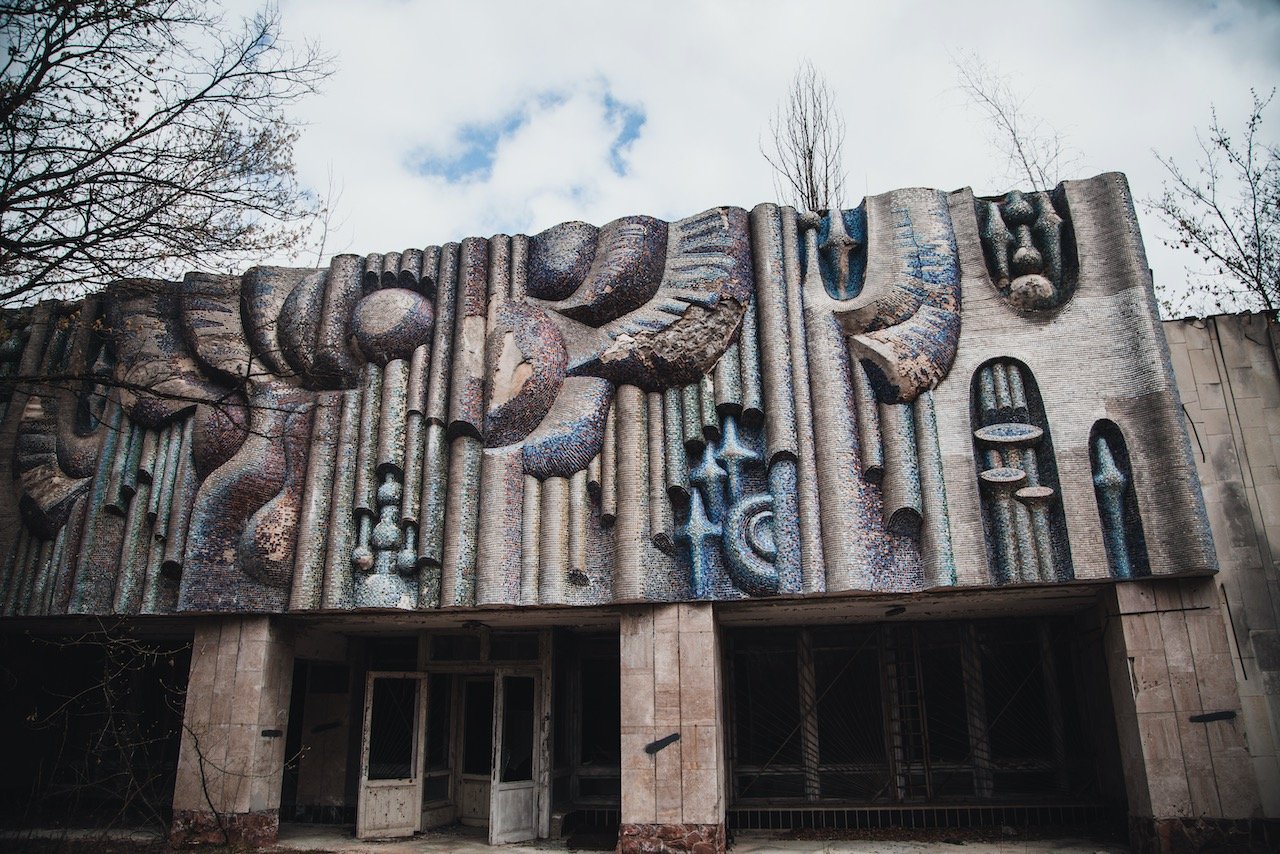
The ‘Avangard’ Stadium in Pripyat was supposed to be the future home of FC Stroitel Pripyat, however those plans never came to fruition due to the disaster. What is left now is the remnants of wooden bleachers and a massively overgrown football pitch, indistinguishable from any other wooded area in the exclusion zone.
The Containment Zone contains the steel and concrete sarcophagus that shields the masses from the radiation of Reactor 4. It was put in place where it is set to stay for 100 years. The original containment structure was built directly onto the foundation of Reactor 4, which after such a large explosion, was deemed to be unsafe and therefore not a long term option. Design plans were submitted by international companies (394 of them to be exact) in the construction of a new containment zone. After all the dust settled, the contract was awarded for a design that included building the sarcophagus off-site to limit the amount of radiation exposure to workers, and the ability and ease of sliding the sarcophagus into position on tracks.
Currently, the Monument to the Chernobyl Victims sits in front of the sarcophagus. This memorial depicts cupped hands holding a power plant and is dedicated to the remembrance of the heroic actions of plant workers and emergency crew who prevented what well could have been a catastrophe of global proportions.
The Duga Radar looks like a science fiction contraption. It truly is a stunning piece of equipment but even in its heyday, it wasn’t that effective a piece of instrumentation. It is nearly 1 kilometer long and was built, among other reasons, as a system for detective incoming missiles from adversaries, well, just one adversary really. Take a wild guess who?
